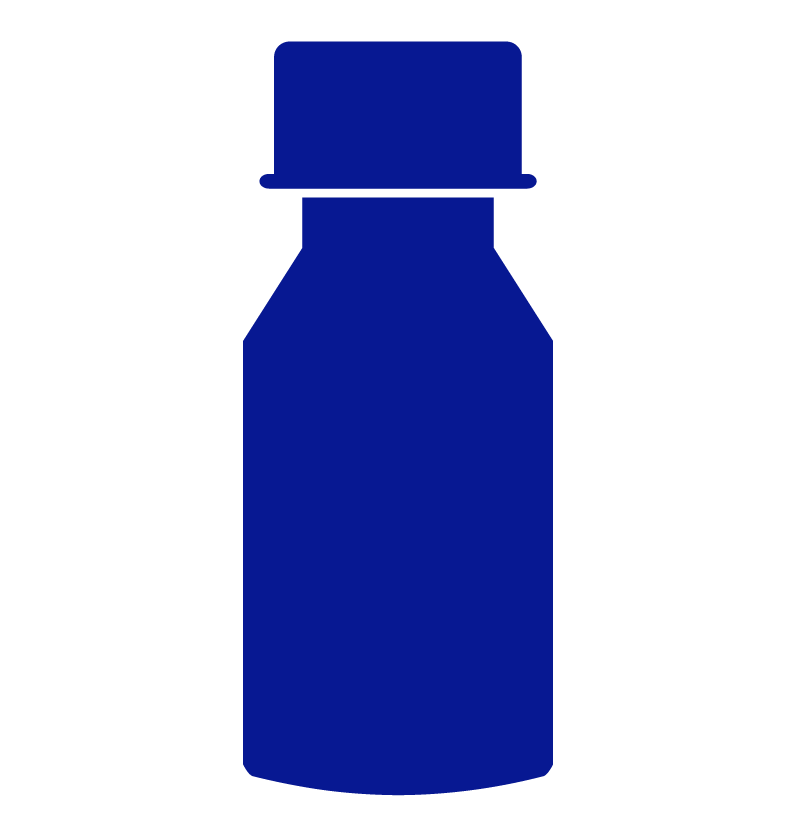The opioid crisis continues to reach alarming levels, with overdose deaths on the rise, largely due to the infiltration of fentanyl into the illicit drug supply.
As multiple nations grapple with this crisis, there’s a growing interest in harm reduction strategies that can help mitigate the devastating impact of more harmful drugs. One promising approach is the use of medical cannabis. Recent studies suggest that medical cannabis could play a significant role in reducing opioid use, particularly among people who inject drugs (PWID).
Recent Studies:
– Cannabis co-use as a facilitator of decreased opioid use among people who inject drugs in Los Angeles, California
– Cannabis donation as a harm reduction strategy: a case study
Cannabis as a Harm Reduction Tool:
Cannabis has long been recognized for its therapeutic potential, but its role in harm reduction is gaining new attention. A case study from rural Michigan explored the feasibility and benefits of a cannabis donation program for individuals involved in harm reduction efforts. Over a 20-month period, the program provided cannabis products to individuals at risk of opioid overdose. The study found that cannabis donations, including edibles, oils, and topicals, were well-received and suggested that such programs could be sustainable, depending on state laws. The ability of cannabis to act as a substitute for more harmful substances, like opioids, offers a new avenue for reducing overdose risk.
In another study conducted in Los Angeles, researchers explored how PWID co-use cannabis and opioids. Through interviews with 30 participants, the study found that cannabis helped individuals reduce their opioid use in several ways:
– Supporting Opioid Cessation: Cannabis assisted in managing symptoms associated with quitting opioids, helping participants adhere to opioid use disorder treatments.
– Managing Withdrawal Symptoms: Participants reported using cannabis episodically to alleviate the discomfort of opioid withdrawal.
– Accessible Alternative: The easy availability of cannabis made it a viable option for reducing opioid consumption.
Harm Reduction Implications:
The implications of these studies are significant. They suggest that distributing cannabis through harm reduction programs could help modify opioid use patterns among PWID. Additionally, integrating cannabis co-use with existing Medication for Opioid Use Disorder (MOUD) in treatment settings could enhance treatment outcomes. This approach not only offers a safer alternative but also empowers individuals to make healthier choices, potentially reducing the risk of overdose.
Conclusion:
As the opioid crisis continues to take its toll, innovative harm reduction strategies are essential. The therapeutic benefits of medical cannabis represent a promising tool in the fight against opioid addiction. By offering a safer alternative, cannabis has the potential to reduce the negative consequences of more harmful drugs, providing hope and relief to those most at risk. Further research and thoughtful implementation of cannabis-based harm reduction programs could make a meaningful difference in addressing one of the most pressing public health challenges of our time.





